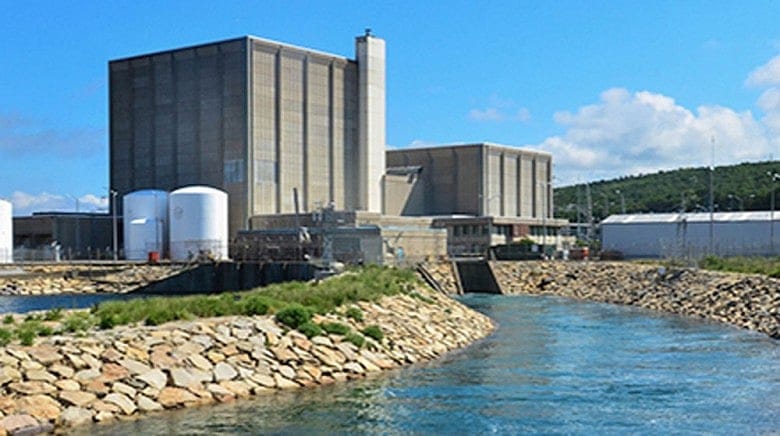Pilgrim Nuclear and the paradox of green energy

Green energy enthusiasts are fond of lecturing Americans about the need to turn to cleaner sources of power. But recent calls to close the aging Pilgrim Nuclear Power Station expose the incongruous and irrational energy policy advocated by those who condemn oil and coal, and yet loathe the largest, most affordable alternative sources of power in Massachusetts.
On September 2, the Nuclear Regulatory Commission cited Pilgrim, commissioned in 1972, for poor operating performance and ordered increased oversight in addition to multi-million dollar safety improvements. Pilgrim could potentially be forced to shut down.

